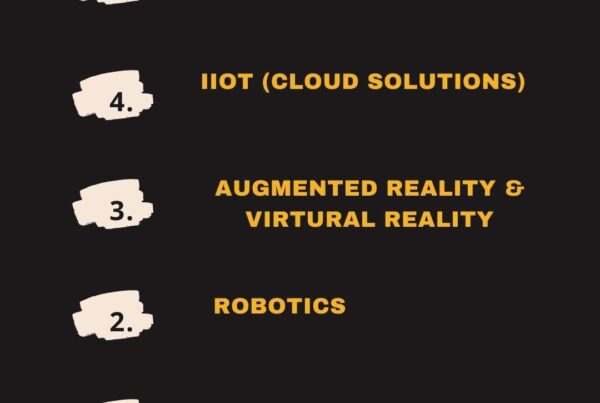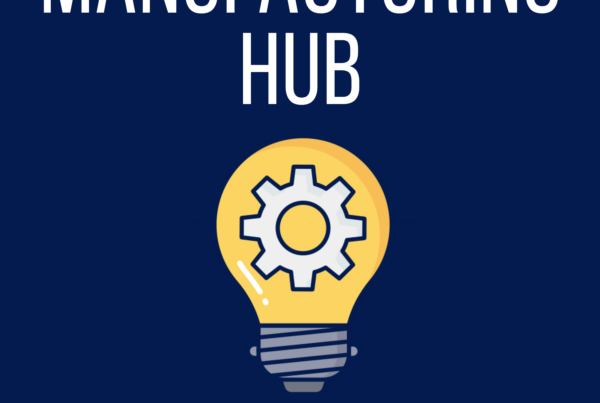Tell Me Your IT /OT Convergence Horror Stories (plus Webinar invite)
Send your (anonymous) Horror Stories: [email protected]
The webinar:
Talking about how to bridge the gap between IT and OT. We’re talking Purdue Model, How to, your horror stories and where the future lies.
Register here: https://gpa.webinarninja.com/live-webinars/326671/register
The Replay:
Transcript:
Dave: Today, I want to invite you into the conversation about IT/OT convergence. Also, I think my beard may have now become sentient. Hey everyone, welcome to the quarantine bunker. You can see that it’s quarantine casual here. You guys may have caught, you know, any of the hundreds of things that I’ve put out over the last three years talking about IT/OT convergence, you know that it’s obviously a topic of great interest to me. And so first off I want to invite you to a webinar that I am doing with the great folks over at GPA. So we’ve got Bill Metcalf, who you will remember from the previous webinar that we did about remote access and cybersecurity, as well as Chris Alexander. The three of us are coming together to talk about IT/OT convergence in a different way. We’re going to talk about the Purdue Model, and Chris is going to talk about it a lot from the OT side.
Dave: So you know, the automation guys knuckles deep into the machines, all they really care about is keeping things up and running. And Bill’s going to talk about it from the IT side, which is a large part of the conversations that he typically has. And if our pre-webinar conversations are even close to what the webinar’s going to come out to be, it’s going to be absolutely fantastic. We’ve got a super active chat in there. The previous webinar filled up about two thirds of the way. I’m hoping we can fill the room. That’s going to be Thursday, May 21st, at two o’clock East Coast time. So you East Coasters who normally have to give up lunch. back when you got a lunch, back when we worked out in the real world, don’t have to worry about that. Here’s my ask from you guys. As part of this webinar that we are putting together,
Dave: I kind of want to talk a little bit about IT/OT convergence horror stories. We want to talk about ways that we could have made those better, we could have saved them, the 2020 hindsight, the we’re five years past it at this point. And honestly a lot of them that I can talk about are ones that you guys have probably heard me talk about. So I want you guys either in the comments or email me, or shoot me a LinkedIn message, and let me know some of these horror stories that we can share and ideally have as anonymous. And I’m hoping that this starts at a much larger conversation beyond the webinar that we’re going to do. Also, if you have some fantastic success stories that we can share, either with your names or without your names, we would also love to know those to be able to share some of that as well.
Dave: what do you need to bridge the gap between IT and OT? We’re going to have OT and IT involved. We’re going to have those conversations. Hint, we’re going to talk a lot about communication. We’re going to talk about the Purdue Model. Don’t worry it’s going to be a better version of the Purdue Model than you guys have seen in my videos in the past. We’re going to talk about how IT and OT can successfully work together. And we’re going to talk about what the future of IT and OT look like. As you guys know, Coronavirus, Covid-19, it’s obviously changed everything and we want to talk about IT/OT convergence, why it’s important, why we need to have communication. Why the data coming from the plant floor is important. Why the OT folks should care about the data that is coming up from their manufacturing and why the IT folks need to understand the worries that the OT folks have. Mostly, Hey,
Dave: If we take down a switch, the switch can take down the entire network. If the entire network goes down, it means we’re not manufacturing anything. If we’re not manufacturing anything, it means no one is making money.
Dave: So yes, again, so please drop a comment below. Shoot me an email. Please go ahead and like and share this out. I really hope that we can use this as a way to continue on the conversation and if it makes sense, we can have some sort of support group that comes out of this, about IT/OT, convergence, and all the headaches and hair that we may or may not lose from it. So if I don’t see you guys and your beautiful smiling faces until the 21st, I hope you have a good one. Talk to you soon. Buh Bye.



